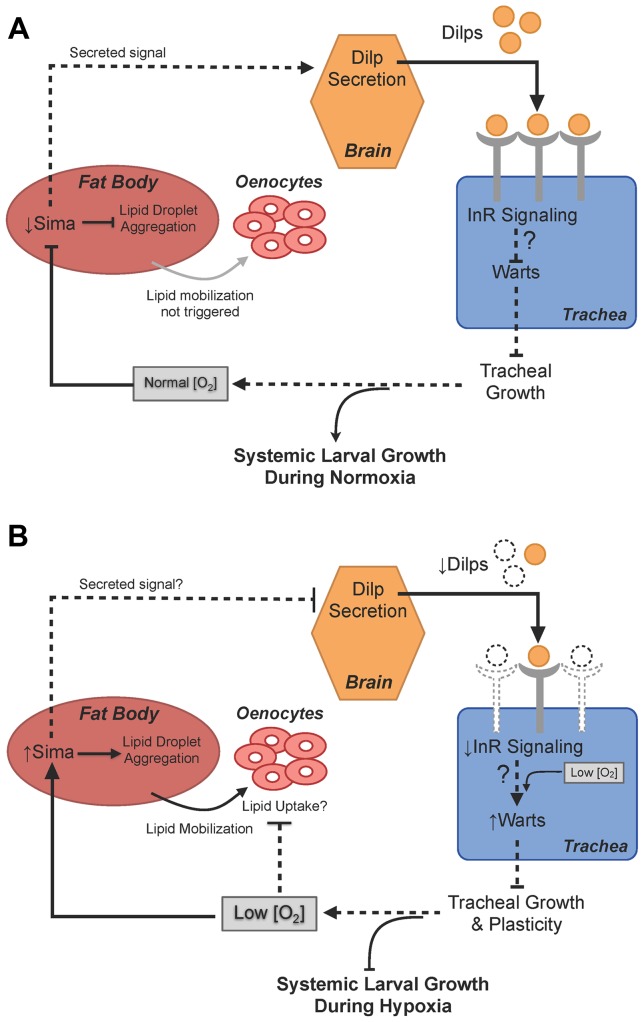Figure 6. Lipid and insulin signaling changes in hypoxic larvae.
[A] Under normoxic conditions, Sima is degraded and remains at low levels in the larval fat body. Increased lipid droplet aggregation does not occur, and lipids are not mobilized from the fat body into the hemolymph, eliminating the need for lipids to be taken up by the oenocytes. Under normal conditions, a fat-body derived signal is secreted and relayed to the larval brain in order to promote Dilp secretion from the insulin-producing cells [20], [22]. These secreted Dilps can go on to bind to the insulin receptor in target tissues to initiate insulin signaling. Activation of insulin signaling specifically in the larval trachea promotes tracheal growth, perhaps through an insulin-dependent inhibition of Warts. Under normoxic conditions, this feed-forward circuit involving fat body-mediated control of Dilp secretion and insulin- and Warts-dependent regulation of tracheal growth functions to modulate systemic growth during periods of adequate oxygen availability. [B] Under hypoxic conditions, degradation of Sima is reduced, and Sima accumulates in the larval fat body. Hypoxia-induced Sima accumulation in the fat body triggers increased lipid droplet aggregation in this tissue and lipid mobilization from the fat body into the hemolymph. Mobilization of lipids from the fat body is normally coupled with lipid uptake by the oenocytes. However, aggregation of lipid droplets is not observed under hypoxic conditions, suggesting a potential defect in lipid uptake by the oenocytes. Sima accumulation in the fat body results in increased Dilp2 retention, possibly through a reduction in the normal fat body-derived signal that promotes Dilp secretion from the IPCs. Increased Dilp2 retention in hypoxia is associated with the reduction of insulin signaling in peripheral tissues. As a consequence of systemic reduction of insulin receptor signaling to enable adaptation to hypoxia, the larval tracheal system is limited in its growth and plasticity, perhaps through increased Warts function.

